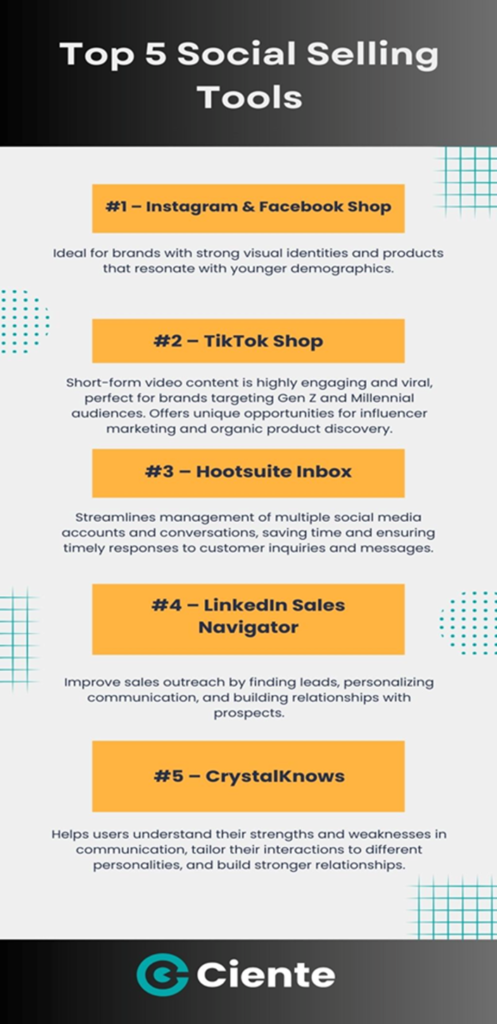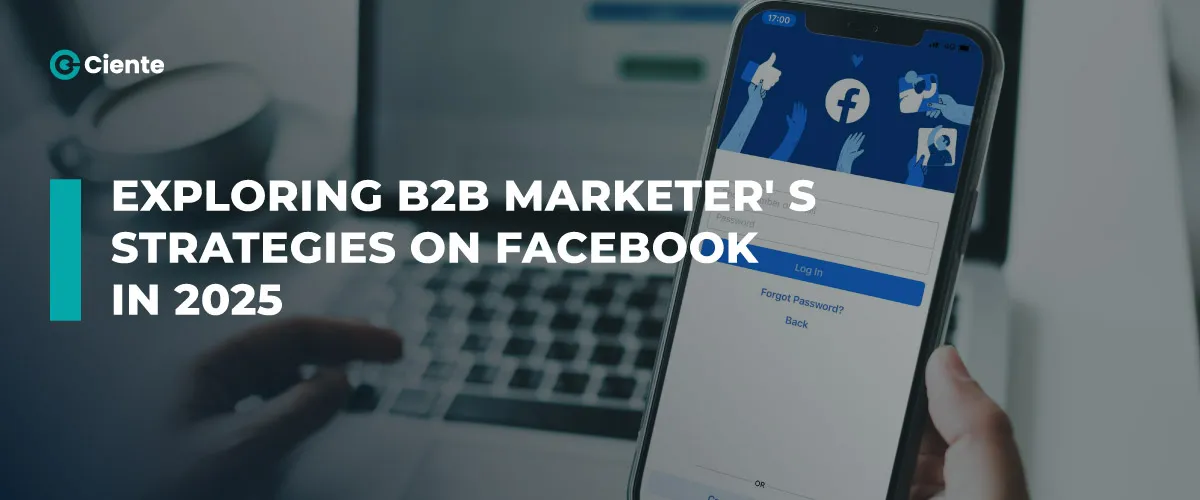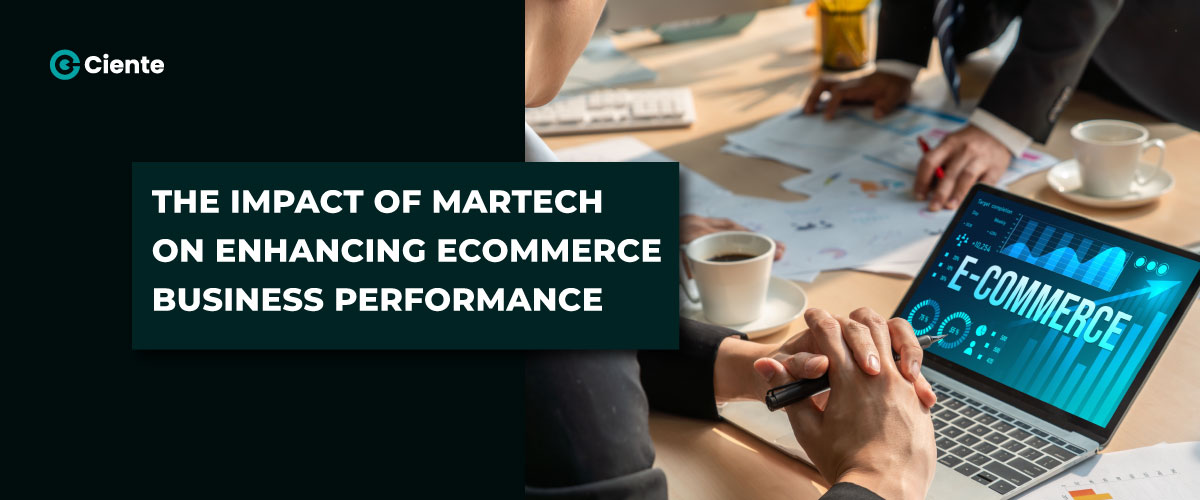Top Technology Trends Businesses Should Invest in this year
Generative AI may steal the headlines, but its impact will be amplified and transformed by the convergence of other powerful technology trends.
As we enter 2024, it brings to light a platform ready for more innovation and progress. This year’s advancements in democratized AI, seamless remote collaboration, and ever-evolving cybersecurity fortresses are the building blocks for the future. But the script doesn’t just end there. Contextual factors like climate urgency and economic shifts are penning their compelling narratives, driving the rise of energy-efficient tech and cost-conscious solutions.
For businesses, navigating this multifaceted tech landscape requires more than a front-row seat; it demands a backstage pass, granting access to the inner workings of the tech landscape, allowing them to not only witness the current performance but also influence the future acts and shape their tech-driven destinies. Understanding both the established trends and the emerging techs gives organizations a crucial competitive edge. Knowing which technologies to invest in, which solutions to scale, and which innovations to champion, positions them as not just spectators, but as the directors of their own tech-driven success stories.
Here are the technology trends that will set the stage for 2024’s technological breakthrough.
Top Technology Trends Businesses Should Invest in 2024
A Balanced Approach to Cybersecurity
As threats grow more sophisticated, 2024 may witness AI evolve into a significant cybersecurity threat. Researchers predict AI-powered polymorphic malware with ever-changing forms, posing immense challenges for traditional defense systems. Additionally, AI will empower attackers to craft targeted and automated attacks, further straining cybersecurity teams.
However, this technological advancement isn’t solely a bleak prospect. Experts argue that AI can also be a potent weapon in the cybersecurity arsenal. Its ability to handle vast amounts of data and learn from user behavior makes it ideal for implementing granular access controls and dynamic security measures. It also aligns with zero-trust architecture, where access is granted only as needed, minimizing vulnerabilities.
Organizations deploying AI for user behavior analysis, risk assessment, and authentication management can gain a significant advantage in cybersecurity.
AI-Powered Personalization
In a world increasingly shaped by artificial intelligence, generative AI can revolutionize online interfaces. By transitioning functionality from simply informative to intelligently interactive, these AI-powered interfaces will personalize the digital experience far beyond its current transactional state.
Both consumers and brands stand to gain from this shift. Customers will feel understood and catered to like never before, while brands can leverage data-driven insights to craft hyper-personalized products, services, and experiences.
However, adapting to this AI-powered future requires more than technological advancement. Businesses must grapple with changing consumer behaviors and expectations, ensuring their strategies evolve in tandem with this personalized digital landscape.
Breakthroughs and Challenges in Quantum Computing
2024 can witness AI graduate from mere text generation to transformative, real-world action. Experts foresee action-enabled AI products spearheading advancements in hospitality, entertainment, and retail, with agile brands reaping early rewards.
Meanwhile, quantum computing promises both leaps and stumbles. While still in its theoretical infancy, expect increased organizational investments in this futuristic technology, particularly in data-intensive fields like finance and pharmaceuticals. However, the potential for enhanced cybersecurity through quantum computing comes alongside the chilling possibility of its use for data breaches.
2024 will see the rise of versatile, AI-powered “multimodal robots” venturing into healthcare, food service, and beyond. This human-robot synergy holds immense potential for innovation and efficiency across diverse sectors.
As robotic-as-a-service models gain traction, practical, task-oriented bots might dominate the industry rather than humanoid replicas. However, with this automation revolution comes the urgent need for legal frameworks addressing safety, privacy, and hacking concerns.
Balancing Hype for Business Value
Sustainability will rise to the top of the agenda, with businesses leveraging technology to drive their environmental, social, and governance objectives. Moreover, a surge in industry-specific cloud solutions can foster deeper integration within enterprise platforms. Generative AI, meanwhile, will spread its wings, powering up extreme automation, streamlined development through low-code or no-code tools, and enhanced risk management.
Cybersecurity also takes center stage in 2024, with businesses prioritizing resilience and bolstering their security posture. Beyond the digital realm, we can expect innovative experiences seamlessly blending the physical and virtual worlds. Underpinning these advancements will be a renewed focus on strengthening core infrastructure, including cloud, network, and hardware components.
AI Sustainability
2024 unveils a sobering challenge: curbing AI’s colossal carbon and energy footprint. AI has the potential to drive innovation and tackle important issues like climate change, but it should not be a part of the problem that we are trying to solve.
The solution lies in a fundamental shift. Businesses must ditch outdated data infrastructure and embrace modern architectures that handle AI’s resource-hungry workloads efficiently and sustainably. The old ways of storing, managing, and processing data are incompatible with our environmental goals.
While a one-size-fits-all approach eludes us, 2024 will witness a surge in data management rethinking. Companies will optimize their systems for next-generation applications, ensuring AI’s power fuels progress, not environmental degradation. The time for action is now. Can businesses rise to the challenge and make AI a force for good?
The Bottom Line
2024’s tech landscape stretches before us, a vast horizon promising dazzling advancements and lurking shadows. But as we stand at the edge, we have a choice. Do we blindly chase the latest shiny gadgets, or do we chart a course toward a future not just tech-savvy, but also sustainable, secure, and inclusive?
The choice is ours. While the former promises fast solutions, the latter bridges the digital divide, ensuring everyone has a seat on the tech highway.
It isn’t just about the next cool app or the next groundbreaking algorithm. It’s important to create a future where technology is accessible to everyone, not just a select few, and where innovation is driven by ethical considerations, not just expediency.









